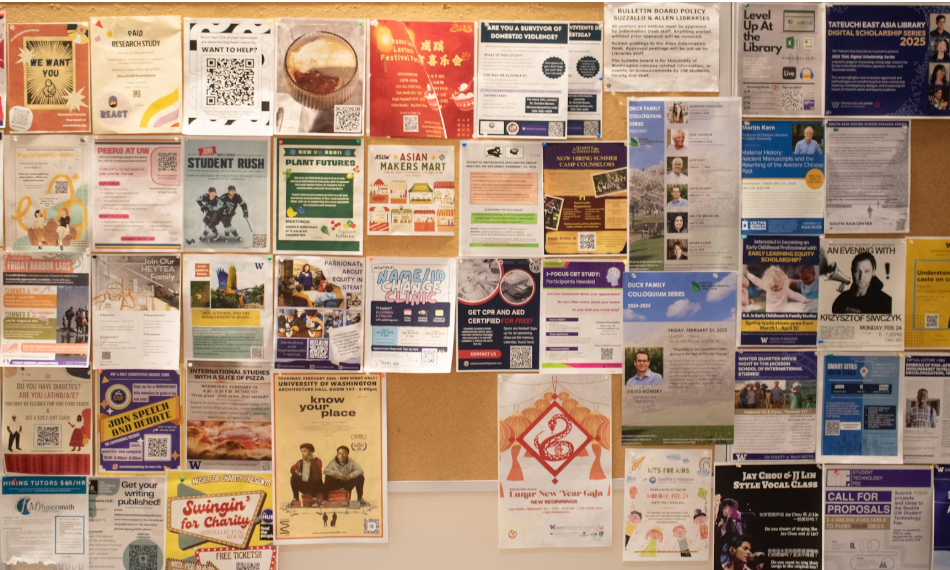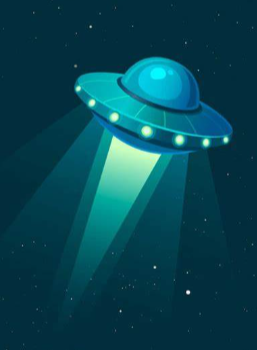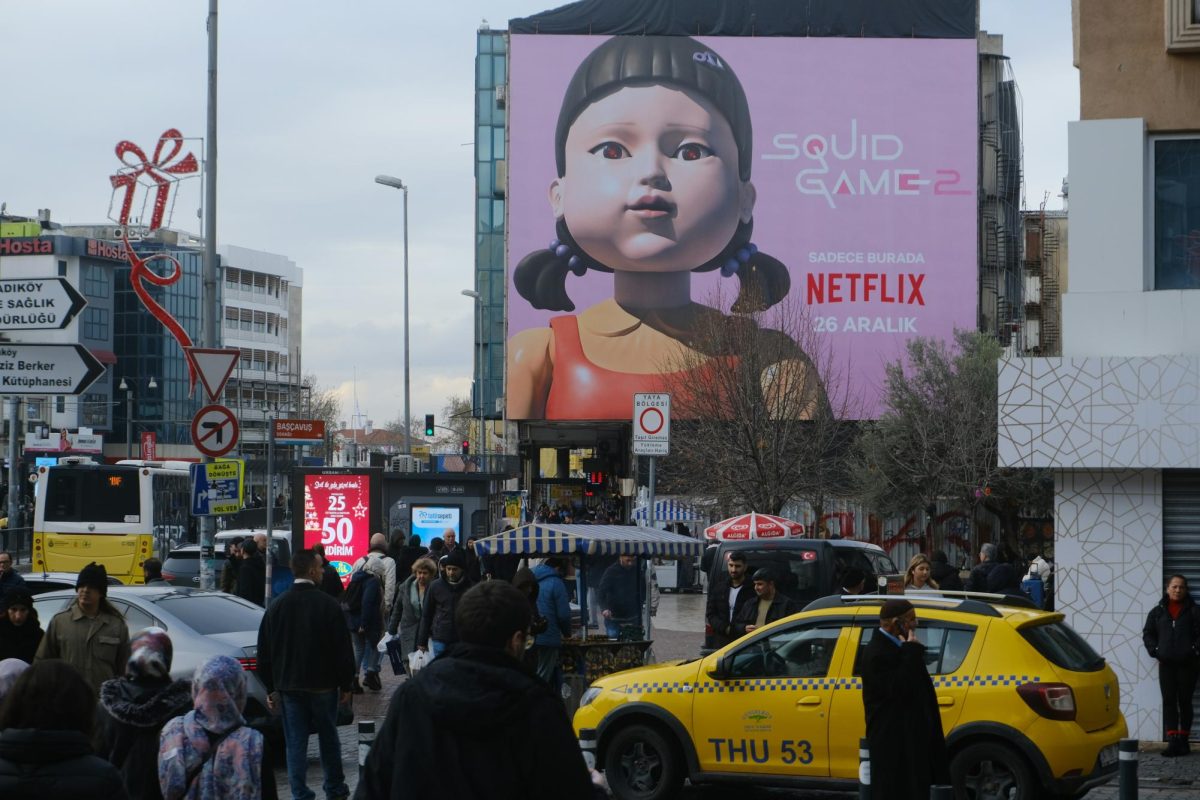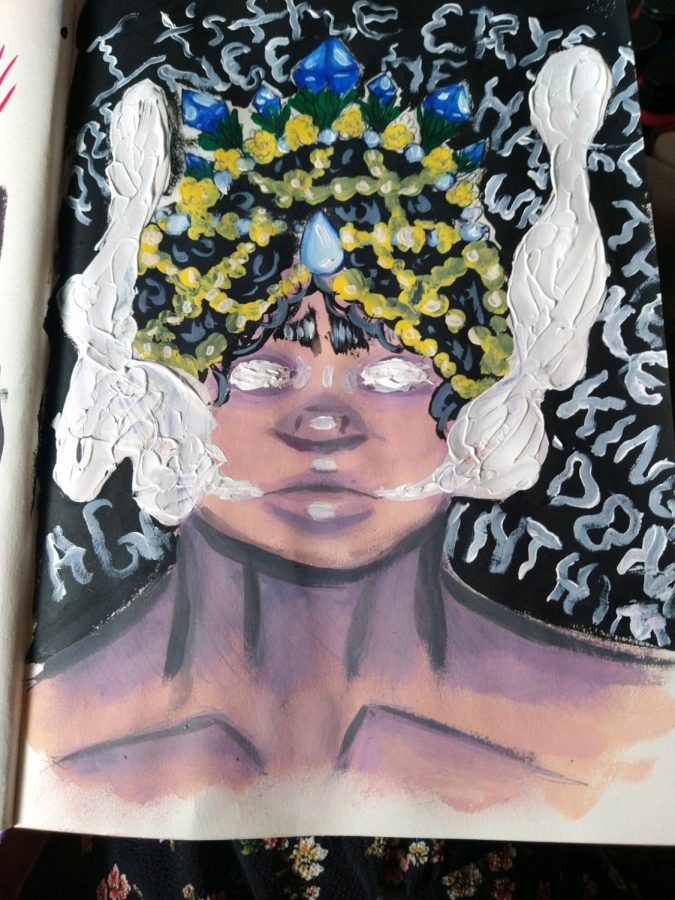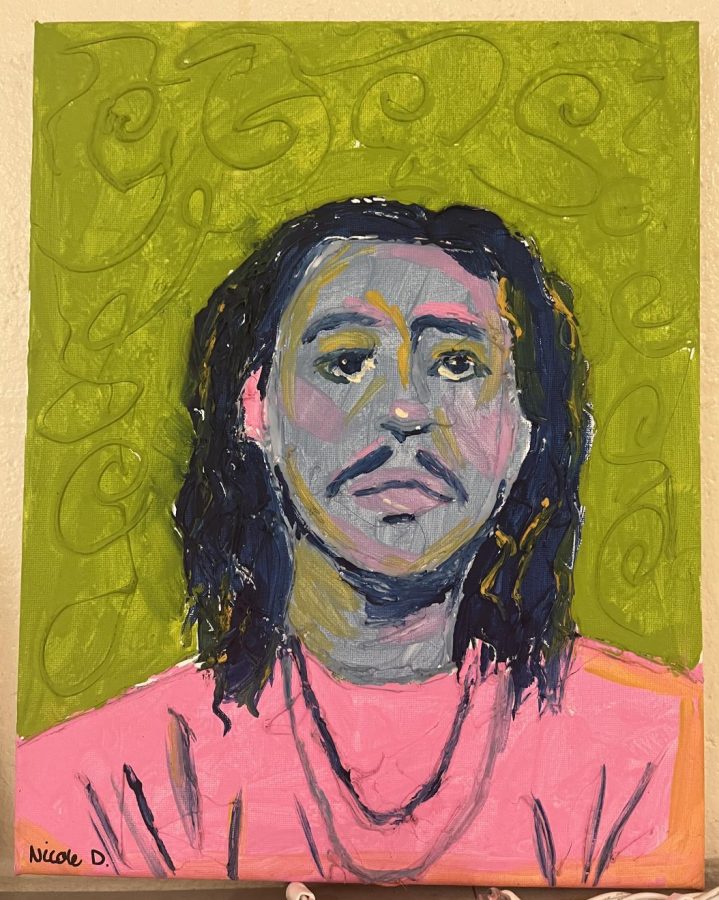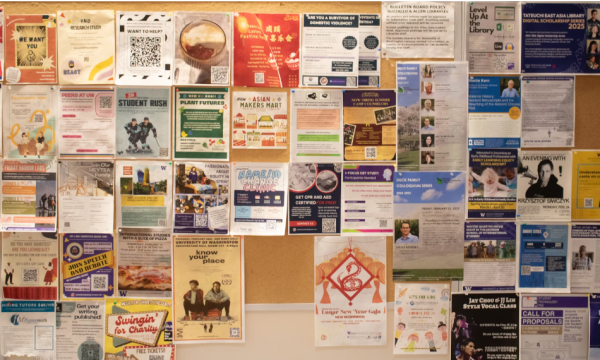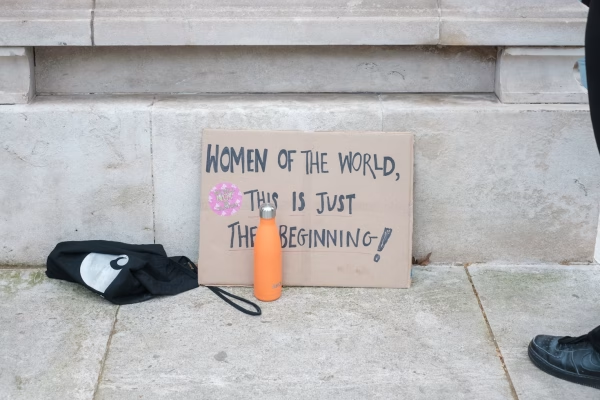Was 2020 Really the Worst Year Ever?
I just want to state upfront; the purpose of this article is not to make light of the horrible events that occurred in the last year. I acknowledge that 2020 was a turbulent year. This article is simply a playful look back into history to try to find the absolute worst year to be alive. Now, with that said, let’s get into it.
2020 is now in the past. It was a year plagued by unfortunate event after unfortunate event. Events such as the Coronavirus pandemic among others have prompted many to dub 2020 as the worst year in human history. And while it may feel that it’s been the worst because it is the worst year that people alive have lived through, there have been some truly horrible times to be alive in the past. As British historian Philip Parker put it, “In many ways, Parker said, we’re still too close to 2020 to understand through the lens of time passed.”
The question is, has there been a year where wars, famines, disease outbreaks, and natural disasters all aligned into the worst cocktail ever? Yes. Yes, there has been. And after a deep-dive into the annals of the internet, I have found the widely accepted answer to this question. That year was 536.
You may be thinking, “536? A three-digit number? You couldn’t have picked a more recent year?” My answer to that is, this year was so overwhelmingly bad that I couldn’t have picked another one. Allow me to explain why:
First of all, it was dark. I’m speaking literally. After a catastrophic volcano eruption in Iceland, ash spewed into the atmosphere and severely limited daily sunlight. In some places near the poles, there was no sunlight for almost 16 months straight! Even traditionally sunny locations, such as The Mediterranean area, received as little as 4 hours of sunlight for nearly an entire year. Byzantine historian Procopius of Caesarea wrote, “For the sun gave forth its light without brightness, like the moon, during the whole year, and the summer was as winter and the winter was a severe one, so much so that from the large and unwonted quantity of snow the birds perished.” Lack of sunlight caused the worldwide temperature to drop by an estimated 10-15° F which killed many crops. Dead crops led to massive famines all around the world, the most recorded of which were in the Byzantine Empire and China where wheat crops failed and led to a massive shortage of bread.
Keep in mind, people in 536 did not understand the reason why the sun was dimmer and the days shorter. They thought the sun was going to be like that forever, perhaps as a punishment from God.
On top of the famine, a plague started. What would be known as the “Justinian Plague” was the first known outbreak of bubonic plague? It began in Egypt and quickly spread throughout the Mediterranean area, killing 1/3 of all people living in that region; which roughly equates to 9.5 Million people.
That wasn’t the end of the trouble, though. It wouldn’t be the worst year without a major war or two. Springing on the weakened Eastern Roman Empire were many Northern European tribes such as the Goths, Visigoths, Huns, and Franks who started relentlessly campaigning to take over Constantinople, the center of the biggest empire in the world at the time. Modern Historian John Horgan explained, “As the disease spread throughout the Mediterranean world, the empire’s ability to resist its enemies weakened.” The wars that ensued are known as the Gothic Wars (536-552) and were a major factor in the fall of Byzantium.
I guess my point is, as bad as 2020 was, at least we still had the sun.


